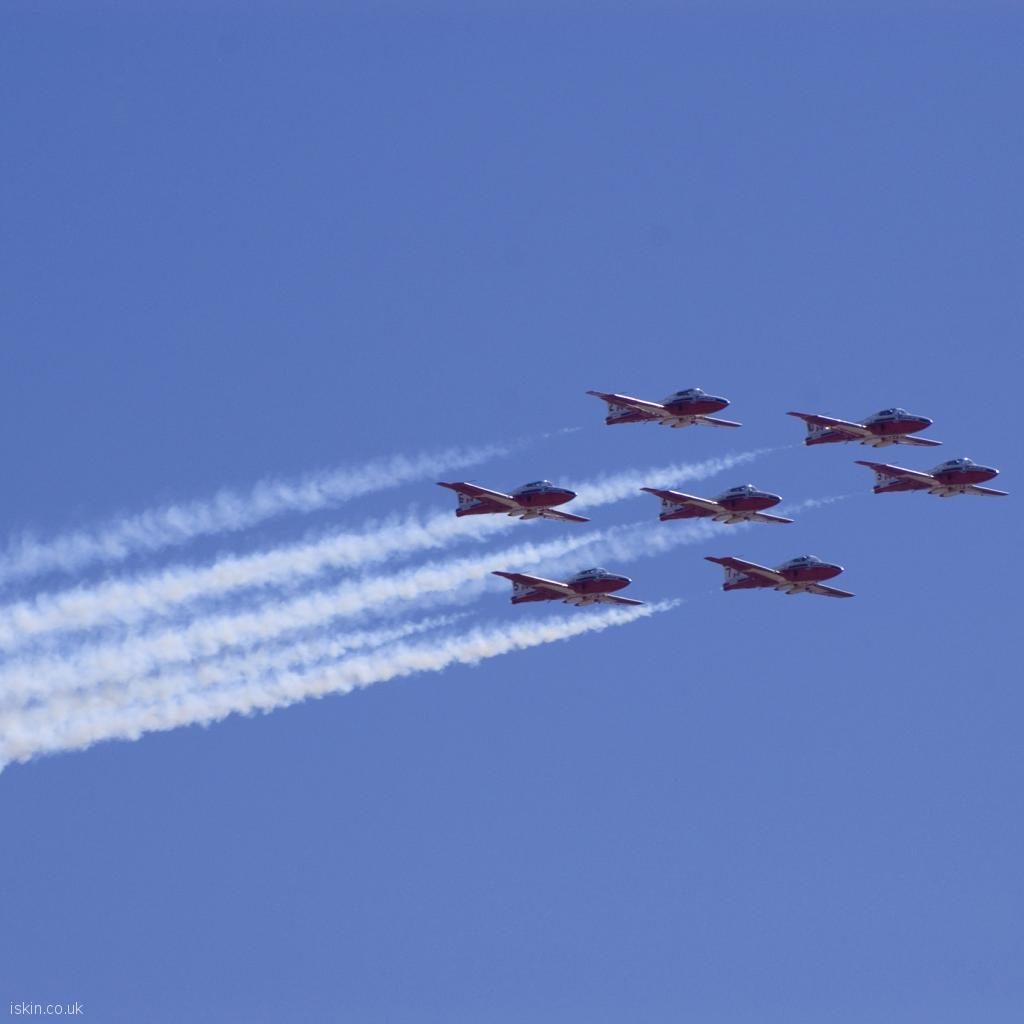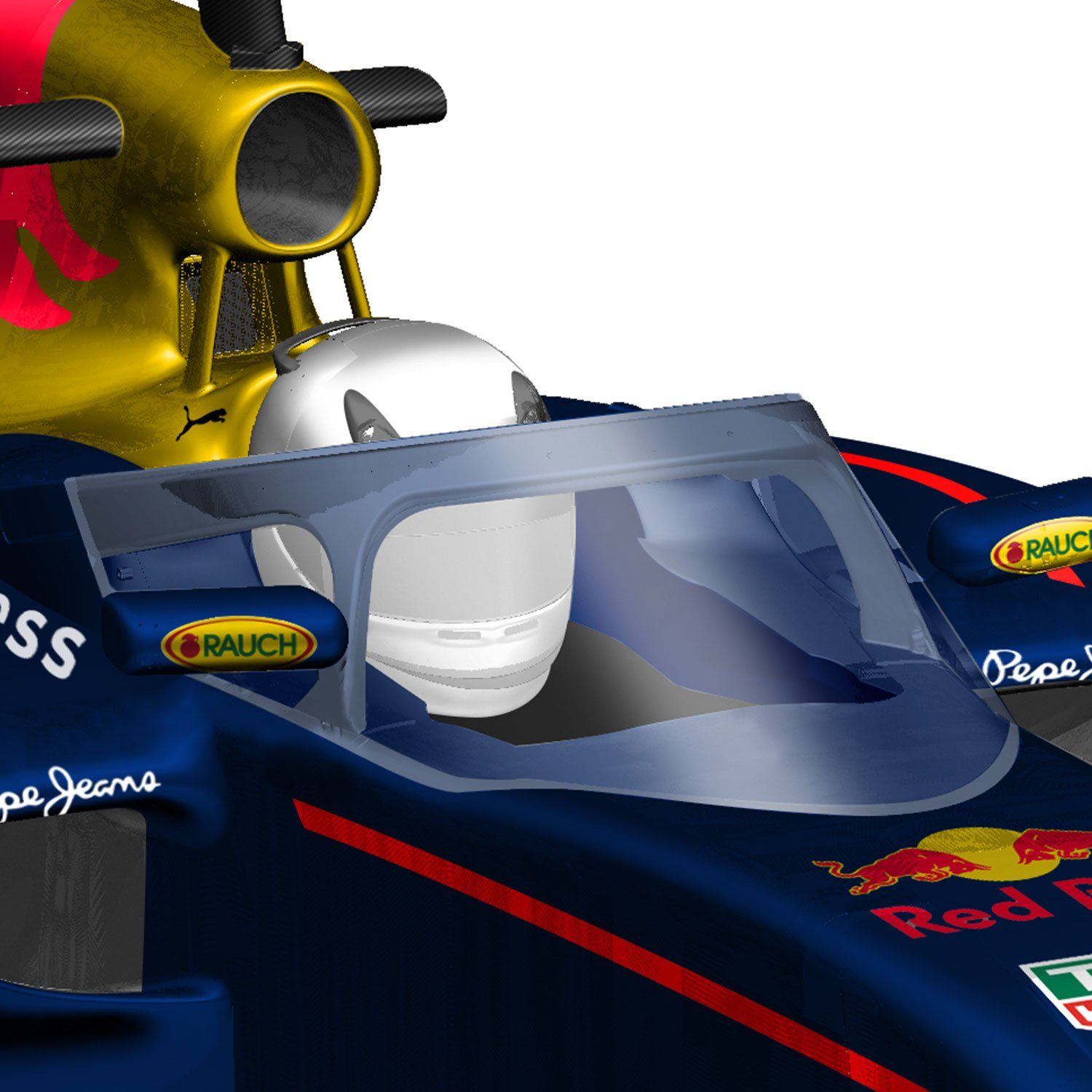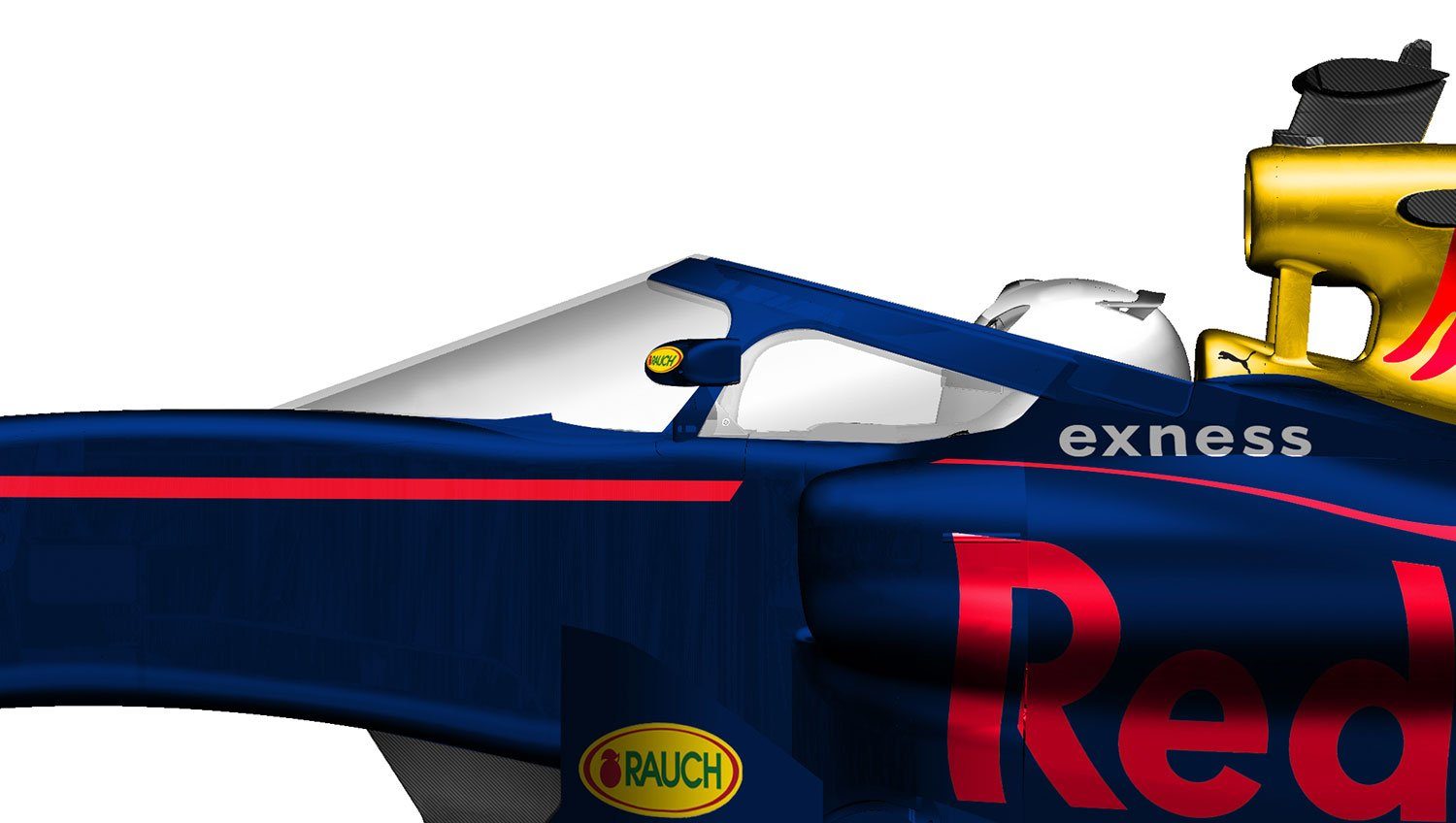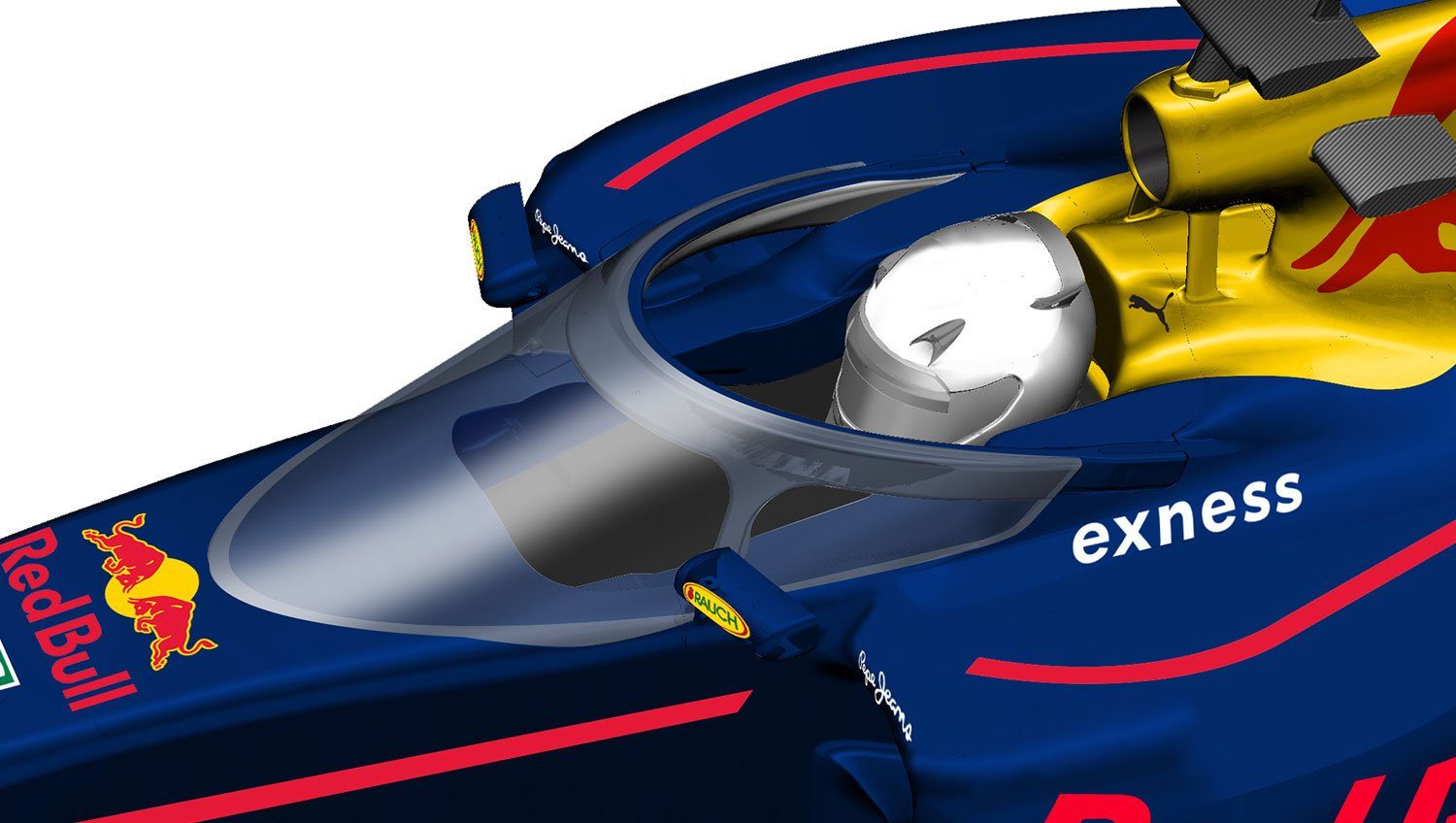- 6,293

- Canada
I don't know if wipers would be necessary.I believe they did and Hill's pitstop visor-wiper man really earned his money that day.
And the point still stands; with any perspex windscreen comes added problems and scrutineering. In wet weather visibility will be impossible without wipers. A stone could chip the windscreen but would that result in a black and orange flag or not?
At least with the one Ferrari tested, even though it is horrible and impairing in its own way, you don't have the above issues.
I've heard and read that most drivers avoid turning wipers on mid race, as the windshield is covered in dirt, grime, and oil. Turning the wipers on before the windshield gets washed or has a tear away removed makes visibility worse than just looking through the water. Point is, the drivers can usually cope. Lots of guys have done wet races with broken/non-functioning wipers as well.
I've also read that McLaren is working on a wiperless system for it's road cars, using sonic pulses or something like that. That sounds much more F1 than wipers. Anyone know more about that concept?
Edit:
http://www.cbc.ca/beta/news/technol...iminate-windshield-wipers-from-cars-1.2467556




